You’re ready to teach your next yoga class. The incense is burning, the lights are dimmed, and the temperature is set just right. Now all you need is the perfect music. Playing relaxing ambient music during your yoga class makes for a well-rounded experience for you and your students. The subtle addition of music creates an atmosphere that allows your students to step away from their everyday lives and be transported into a space that will soothe, calm, and relax them.
How Does Music Improve The Yoga Practice
Our lives are often full and quite busy. Little time is taken to pause and relax the mind and body. Attending a yoga class with the intention of feeling relief is a goal for many yoga practitioners. They want to slow down and forget about the worries of the day. When the right type of music is integrated into the yoga practice, yogis can rest assured that they will feel relaxed by the end of the class.
Some would state that yoga is about finding inner mental stillness. Freeing the mind of internal and external distractions is the main focus of the yoga practice. Adding music, however, may instill an additional distraction that would disrupt the true intention of the practice. This could certainly be the case in some situations, but in other scenarios, music can be a positive resource for helping the practicing yogi to move inward.
Research has shown that practicing yoga can release chemicals into the brain that encourage the reduction of stress and relaxation. Yoga has been shown to reduce symptoms of depression and generate cell growth in the brain that results in better problem solving, focus, and memory.
Music has also undergone much scientific research. Studies have shown that some styles of music reduce stress. Music offers a certain vibration that helps clear negative energy, recharging the mind and body, and provides an overall healthy state for mental clarity and healing. Incorporating music into a yoga practice can enhance the positive results that yoga already provides.
Music is known to help and encourage people to work harder and longer. It provides a tone and rhythm that compliments the workflow. This is also true in the yoga class; yoga music can assist the yogi in finding their inner flow as they move from pose to pose. It also provides support for creating a steady mental flow that leads to ease and relaxation.
Music can sometimes take the place of verbal instruction from the yoga teacher. The music itself acts as a guide to invoke memories or emotions. In meditation classes, for example, when these emotions emerge, the practitioner can use their breath accompanied by the music to help release uncomfortable feelings and distracting thoughts.
What Type of Music Do You Choose
Not every style of music would be appropriate for a yoga class. As an instructor, you may not choose rock music or songs with heavy lyrics. Instrumental music would be more suited for the yoga practice, especially subtle practices like Yin Yoga, Restorative Yoga, or Mindfulness Meditation. When properly selected, your musical choice will support personal introspection; this would be in alliance with the intention of yoga.
In a Restorative Yoga class, for example, your music can be used as an integral part of the relaxation intention of the session. If you’re looking to inspire your students with tones and rhythms to ease stress and anxiety, gentle nature sounds or soft piano music playing in the background will offer a relaxing atmosphere in which to practice. Even if you teach a Vinyasa Flow class, you may include a soothing instrumental song during Savasana to help guide your students into restful meditation after their practice.
How To Create a Well-Rounded Yoga Class with Music
Just as you would select the right postures to teach in a yoga class, the other elements, such as your musical selection, are just as important. Your songs should work in conjunction with your established intention. As you create a certain energy in your room with the tone of your voice, the temperature of the room, and the pace of your instructions, the background music should fit that same rhythmic pattern.
When creating the flow for your Vinyasa Yoga practice, take the time to also design a playlist that compliments your class. Ensure that the pace and rhythm of your music match the flow of your yoga sequences. For example, if a portion of your class is more energetic or includes a faster pace, your music should do the same. Likewise, if you are moving your students more slowly with the desired intention of calming, then your musical selections should also offer a calm and relaxing vibration.
Of course, music does not need to be used in every class you teach, but when you want to design a specific mood, the addition of the right music can be quite inspiring.
Where To Find the Right Yoga Music
If you’re looking to include music in your yoga class, it’s important to select mindfully. You should be aware that many songs are licensed and cannot be used in a yoga class unless you have the proper permission. Fortunately, there is royalty-free music available to you as a yoga instructor that would be appropriate for your relaxing yoga classes. One such resource for non-copyrighted yoga music is https://relaxingmusic.com/collections/yoga. There, you can find instrumental ambient music to set the right tone for your style of yoga class. You can incorporate relaxing piano music, Japanese-inspired songs, Tibetan singing bowls, or Indian yoga music into your classes.
Any album or individual song selection from this library of royalty-free music can be the finishing touch to your carefully crafted yoga class. Because there are no lyrics or loud intrusive musical components, you can easily create desirable playlists for your Restore and Meditation classes. Use them as complementary elements to your verbal instructions during a Hatha Yoga practice, interludes as students hold Yin Yoga postures, or soothing background music for a meditative Savasana.
About the Author
RMCO believes in the power of relaxing music and have carefully curated songs that bring peace and stillness to yoga classes. All our music is royalty-free so you can use it in online classes and in-person classes without needing a license.

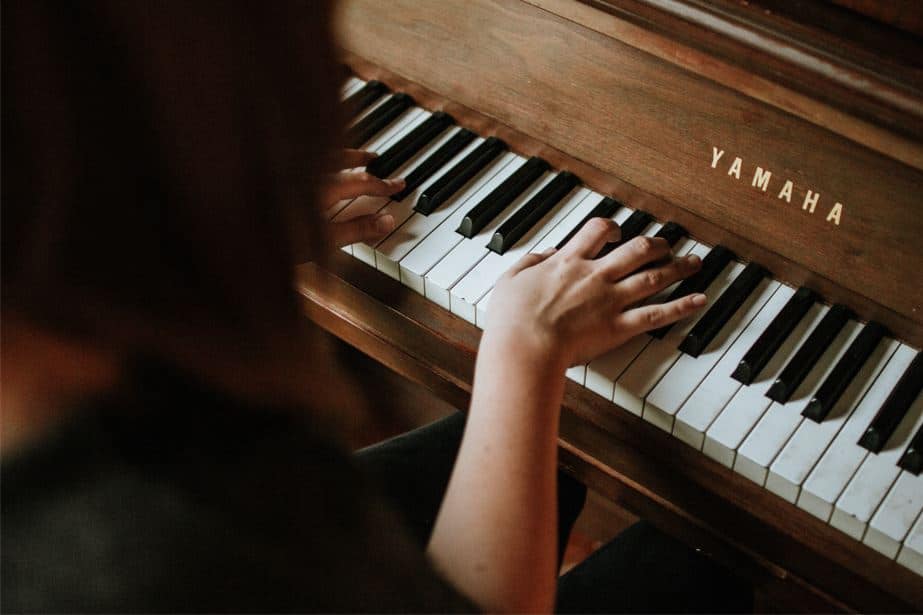
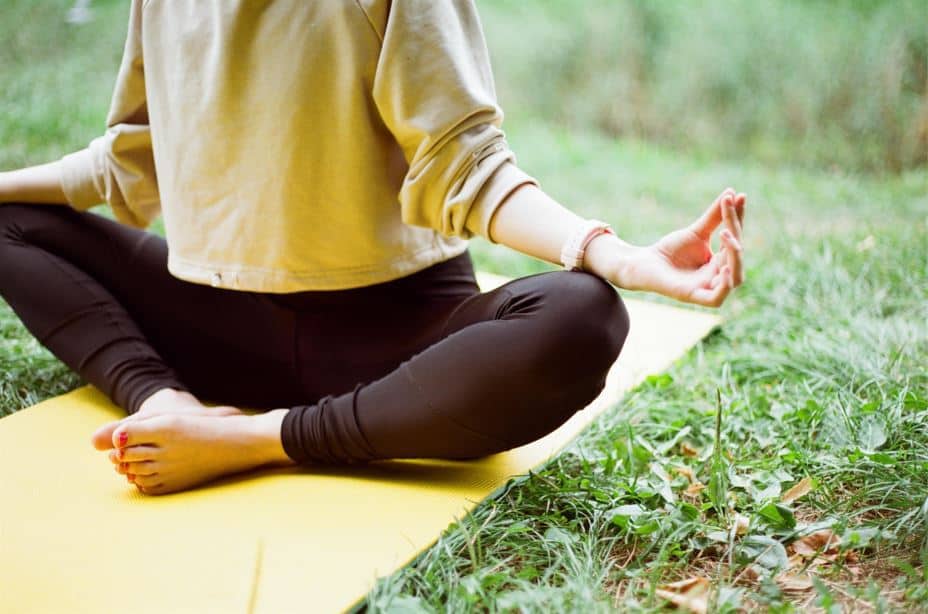
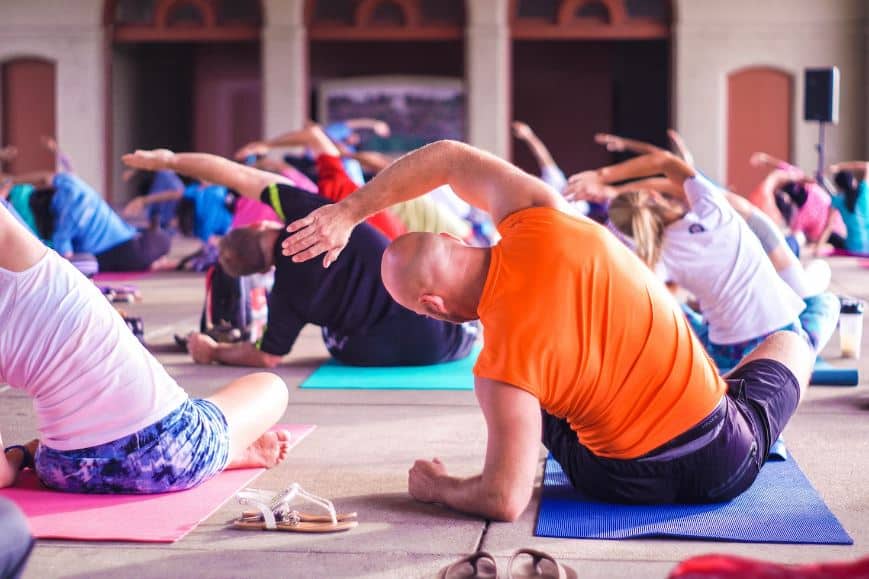
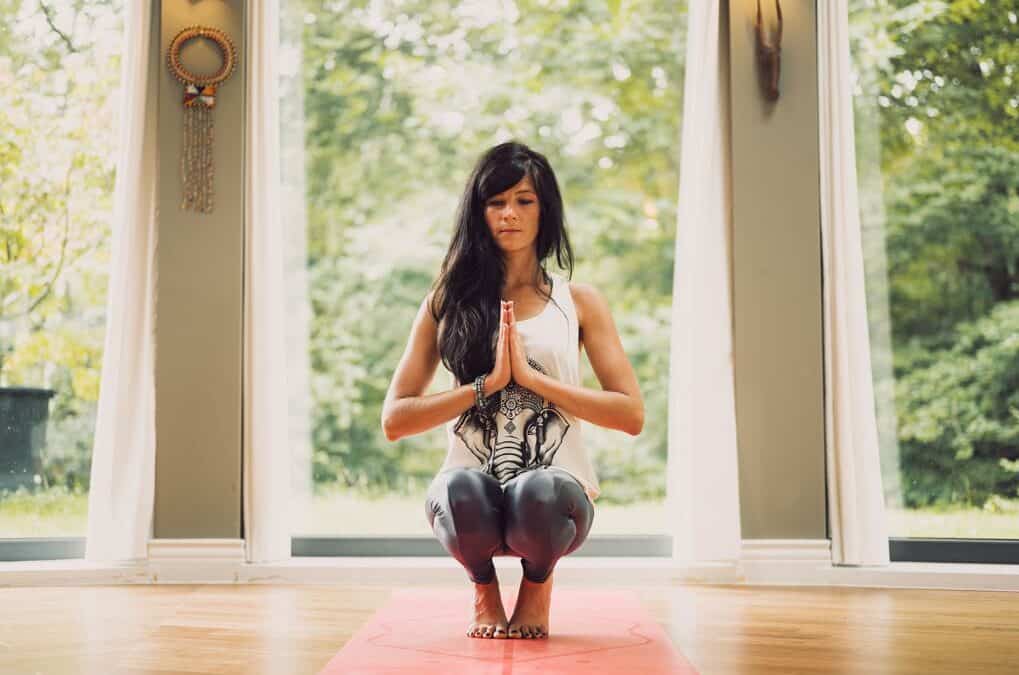
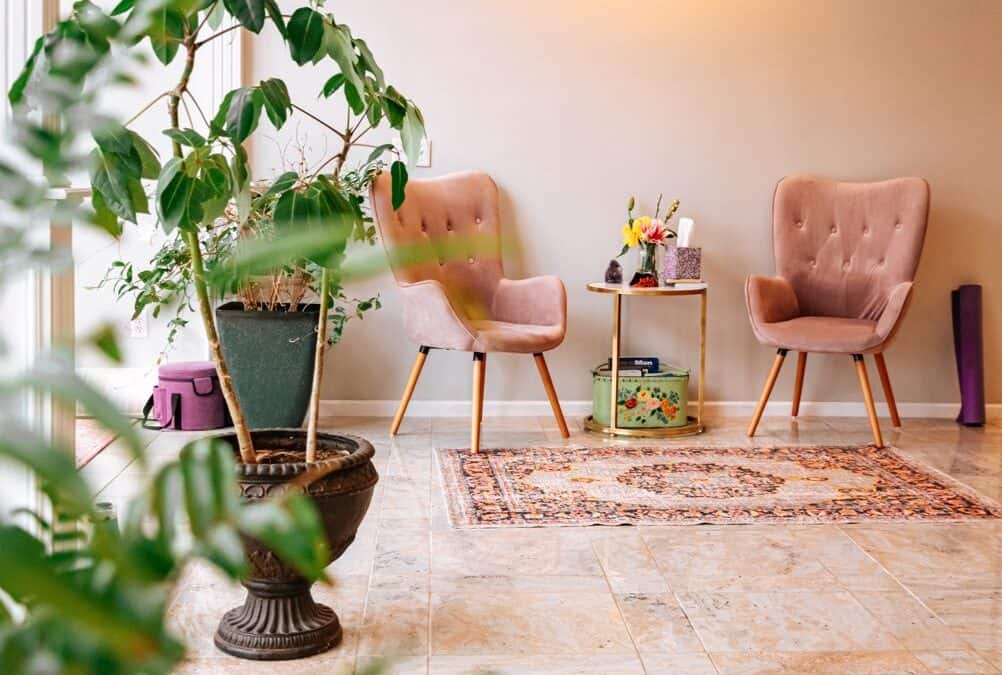
0 Comments